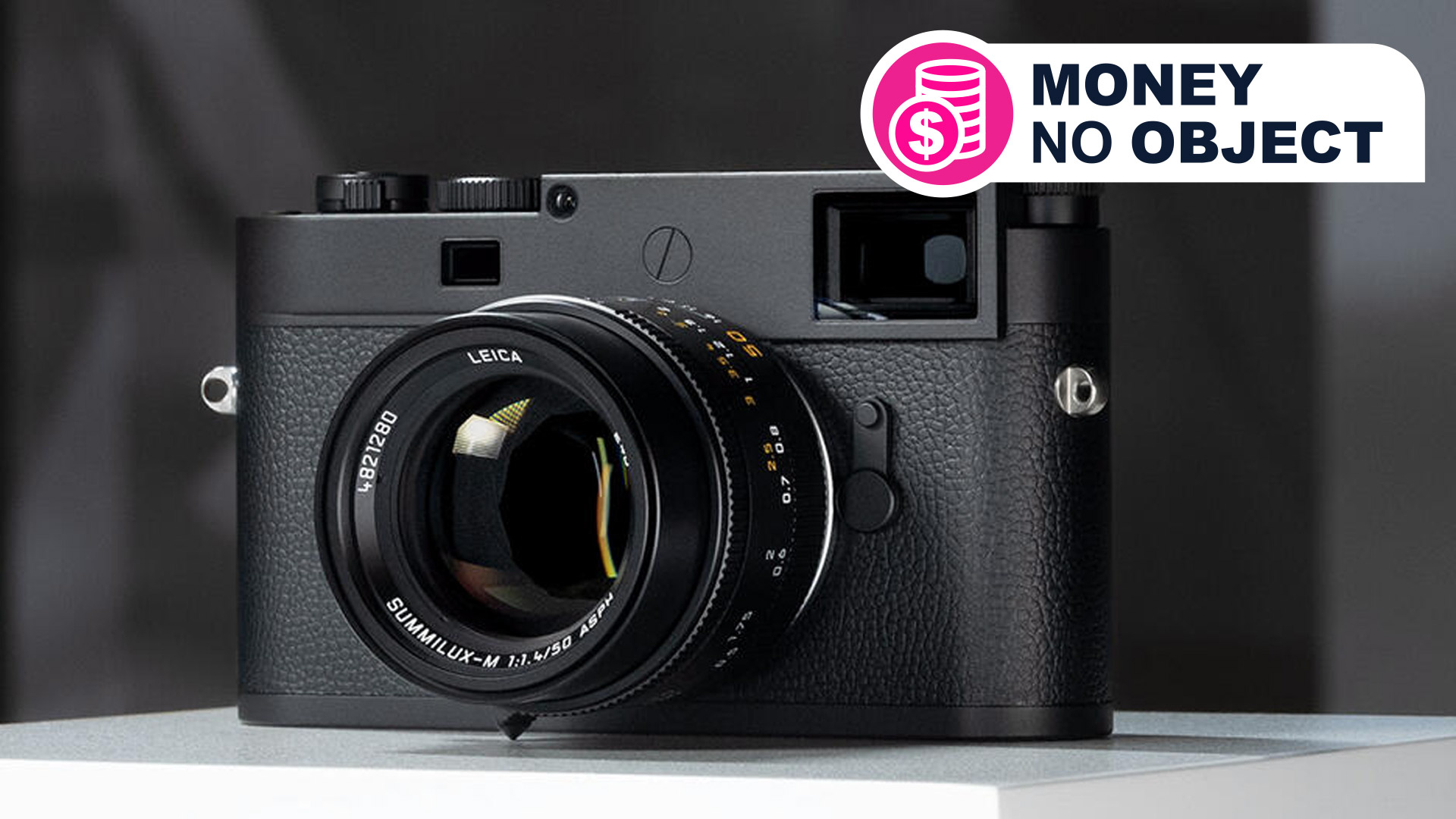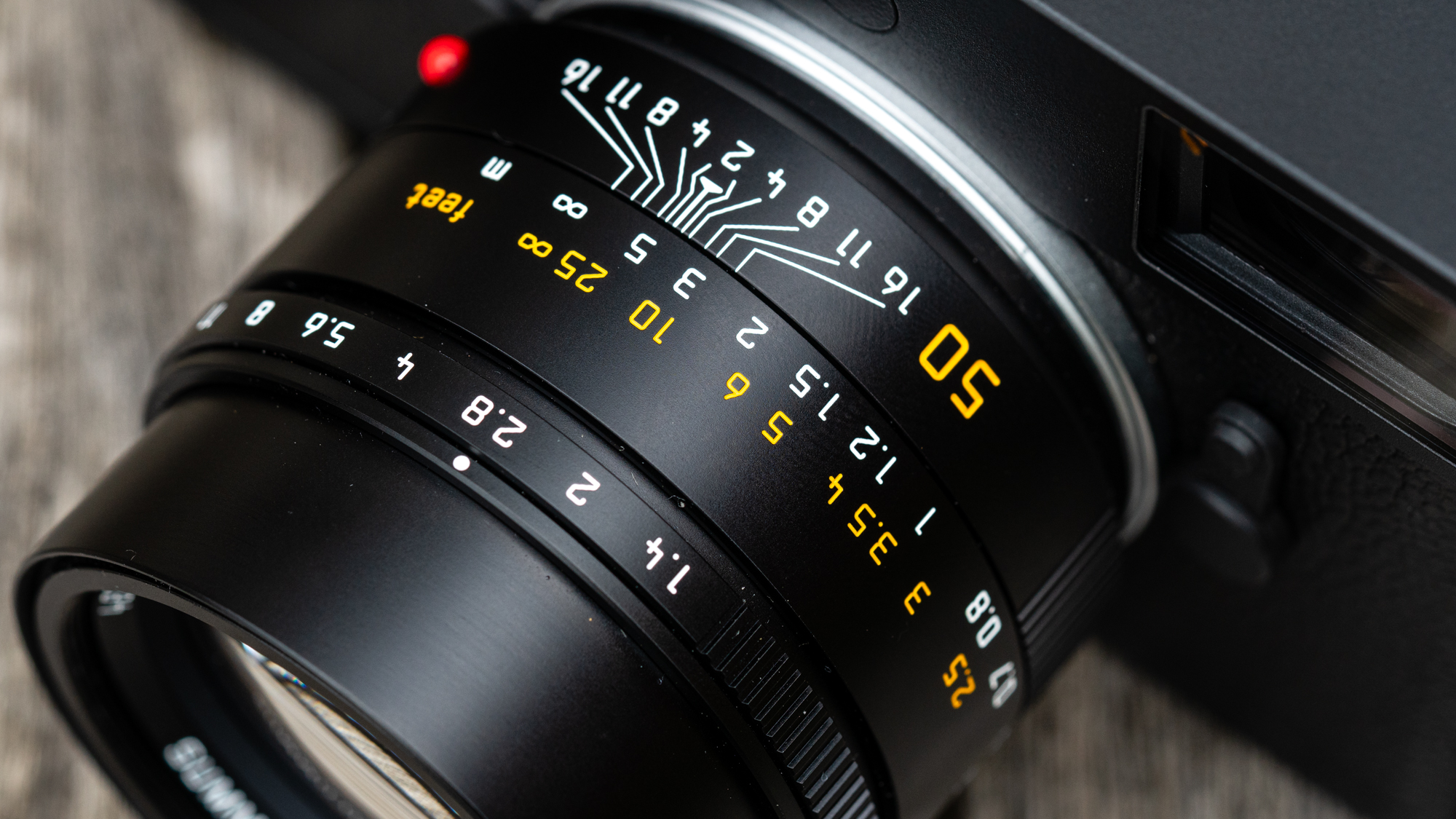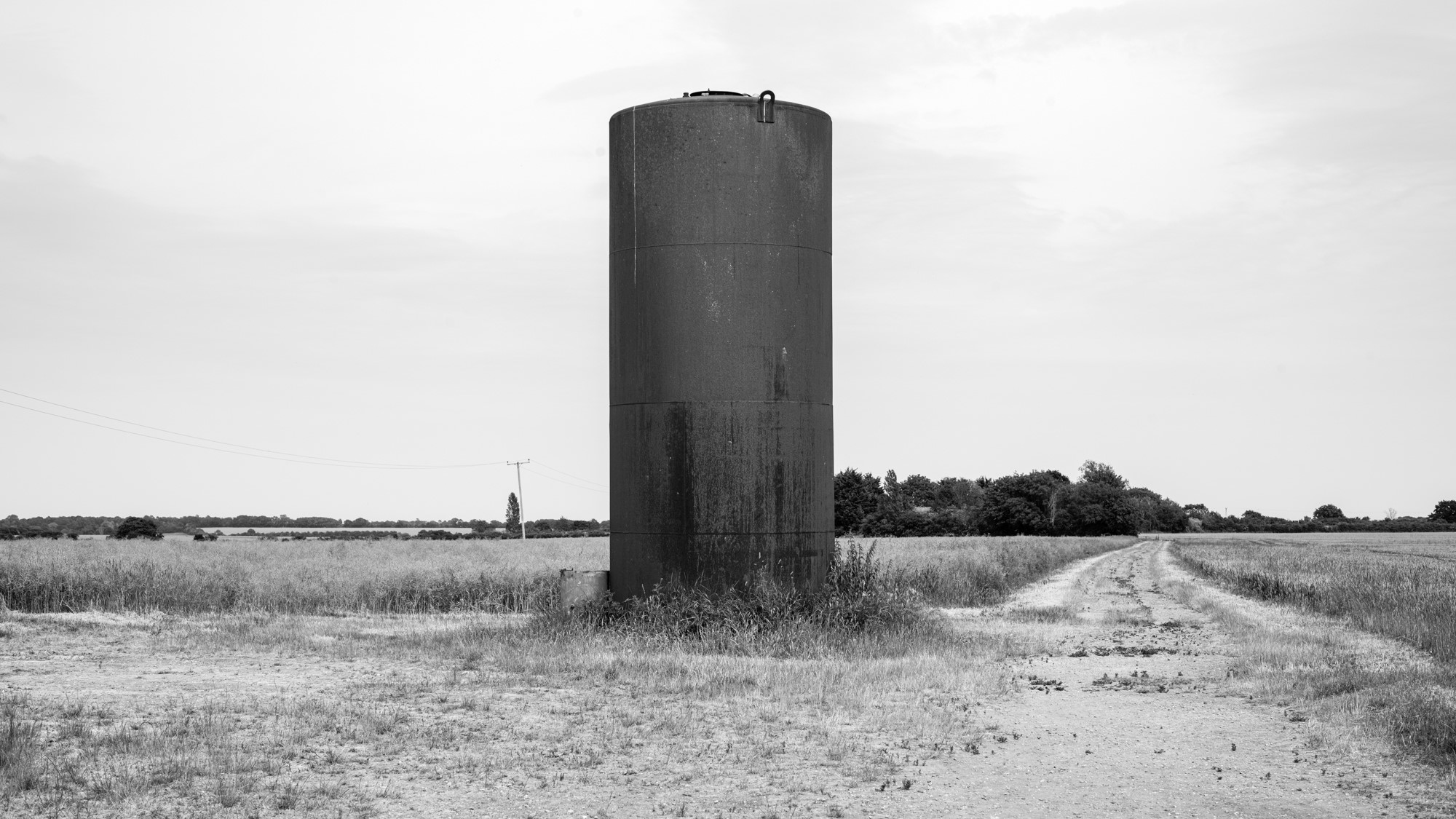This extremely expensive Leica camera only shoots pictures in black & white
Is the Leica M11 Monochrom little more than a status symbol?

A camera that only shoots black & white photos, only uses manual focus lenses, can’t shoot video, lacks most modern digital camera features and costs an eye-watering $9,195 / £8,300 / AU$14,990 body only. Take that in for a moment, then ask yourself, could I part with that much cash, plus extra for lenses that in some cases cost almost as much as the camera itself, when the camera can only perform a fraction of the functions that even entry-level examples of the best mirrorless cameras can?
The Leica M11 Monochrom is the fourth generation of the luxury German brand’s M-series Monochrom cameras produced over eleven years. It may sound incomprehensible, but there’s clearly a market for these highly niche and, indeed, expensive prestige cameras. I can’t help but think that the attraction lies within the build quality, beautiful design, excellent image quality and also the more traditional shooting experience Leica cameras so eloquently deliver, but I’m still baffled by them.

Photographers need control
One of the blessings and curses of modern photography is that it’s easier than ever before to capture high-quality images. I’m not talking about more advanced techniques using what you might call a ‘proper’ camera and high-quality lenses. I mean that smartphones have made photography easier to the point where anyone and everyone can capture fantastic images with a simple push of an on-screen button.
We love to give practical buying advice about the latest gadgets here on TechRadar. But sometimes what we love more is to indulge in the most ridiculous, high-end, cutting-edge, luxurious tech on the planet. That's what we bring you in these Money no object columns – you can read the whole series here.
Back in the early days of photography, Kodak founder George Eastman coined the slogan, “You press the button, we do the rest”. And it’s fair to say that smartphone manufacturers have inadvertently taken up this mantle with great zest: smartphone cameras, despite their tiny image sensors, can capture incredibly detailed images using HDR (high dynamic range) technology; images are intelligently sharpened at the point of capture; backgrounds can be defocused to simulate a shallow depth-of-field to isolate subjects. And that’s just the tip of the iceberg.
So, as smartphone camera technology continues to improve, will camera manufacturers need to focus more on the shooting experience and the process of capturing images? Many photographers are exploring old processes including Daguerreotypes and wet plate collodions, while others have begun shooting film for the first time. It seems that with the convenience of digital photography, many photographers are seeking something slightly different, unique even, that in some cases requires consideration and is as much about the experience as it is the result. And therein lies a major appeal to the Leica M11 Monochrom.

Leica M11 Monochrom: what makes it special?
Leica’s M-series cameras have never strayed far from their 35mm film heritage that goes back to the 1950s. Just a cursory glance at an M-series camera from any point during the last 70 years, and most photographers will instantly recognise it’s a Leica. Maintaining an identifiable brand over such a long period, which includes the significant developmental shift from silver-based film to digital sensors, is a feat that has to be applauded.
The M11 Monochrom, like other M-series cameras, handles in a way that’s as close to a film camera as you can get with a digital camera. The emphasis is on the process and experience of taking photos using tactile manual controls to adjust camera settings, which is further enhanced by the compact manual focus lenses with aperture rings. In essence, this all combines to create a sense of being in control – making all of the decisions rather than relying on the camera to make them for you.
Get daily insight, inspiration and deals in your inbox
Sign up for breaking news, reviews, opinion, top tech deals, and more.
For me, the M11 Monochrom is an oddity that I almost feel obliged to dislike as someone spoilt by the highest-performing cameras. But in reality, I love shooting with it in terms of the handling, the way it looks and how it feels in the hand. The design of the camera is stunning, taking the classic Leica shape and applying a modern twist to the minimalist matt black all-metal body. The iconic Leica red dot has been omitted, but the M11 Monochrom doesn’t need a badge to declare its pedigree.
Image quality is excellent, and Leica’s claim that “You get images with an unprecedented rendition of even the finest details, an exceptionally natural-looking definition even in difficult light conditions and an extremely low noise even in the high ISO range”, is completely true. But a niggling question persists: Can a camera that only shoots in black & white – and costs more than the Leica M11 that shoots color but is otherwise the same – and lacks many modern features including video, be worth $9,195 / £8,300 / AU$14,990 body only?

Leica M11 Monochrom: is it worth the cost?
Leica cameras are expensive, and they always have been. They’re handmade in Germany using premium materials and are beautifully designed; it’s fair to say that they’re some of the best-looking cameras on the planet, and the M11 Monochrom looks nothing short of stunning. Of course, looks don’t guarantee performance, but the camera can also produce excellent image quality when paired with the best Leica lenses.
Shooting with the M11 Monochrom is about as close to shooting with an analog rangefinder camera as you can get; the process is more of an experience than a simple button press. Manual focus using a rangefinder is slower and more measured process than autofocus, but that’s also OK because there are techniques to get around that, and some of these techniques can be ultimately more reliable than autofocus.
So, with all of this in mind, do I think Leica cameras are worth their cost? Yes, I do. Would I buy one myself considering how much I enjoy shooting with them? No way. I could get much more for my money by purchasing a pro-spec model and a lens or two from another manufacturer and still have change in my pocket. I appreciate that this may sound like a contradiction, but it’s similar to admiring and possibly hiring a classic car: you love many things about the car, but you simply couldn’t justify owning it.
Leica M11 alternatives
There are some great rangefinder alternatives to the M11 Monochrom available, but both options feature APS-C sensors and shoot standard color raw files: the Fujifilm X-Pro 3 and the Fujifilm X-100V. As for black-and-white only offerings, Pentax fairly recently released the K-3 III Monochrome DSLR, but shooting with a DSLR is a completely different experience to a rangefinder, which is exactly what the two Fujifilm options are.
And the advantages of these two alternative Fujifilm rangefinders are significant: they’re a fraction of the cost of the M11 Monochrom; raw files can be converted to mono or left in color; and they provide tactile manual controls. Both cameras also feature optical rangefinder viewfinders and EVFs, and both provide autofocus and manual focus alongside many advanced camera technologies. Granted, they’re not a Leica, but sometimes you need to make do.
James Abbott is a professional photographer and freelance photography journalist. He contributes articles about photography, cameras and drones to a wide range of magazines and websites where he applies a wealth of experience to testing the latest photographic tech. James is also the author of ‘The Digital Darkroom: The Definitive Guide to Photo Editing’.
